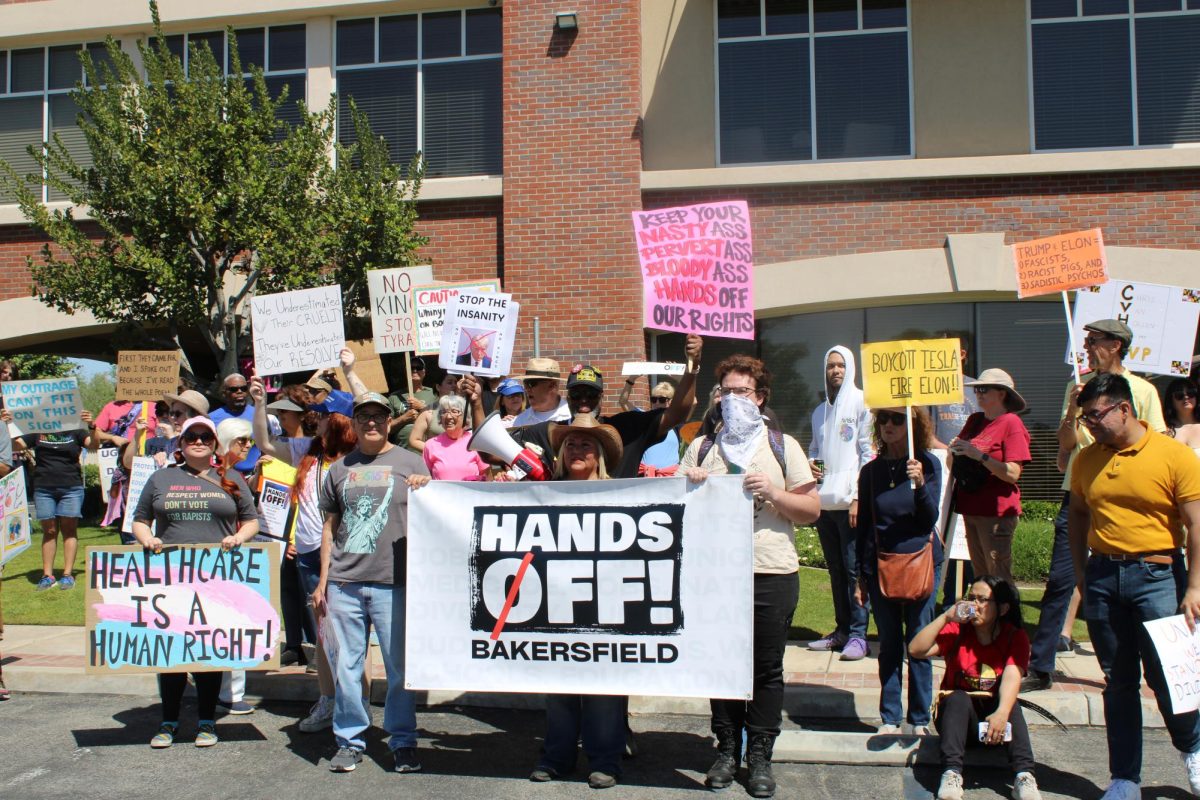Managing Editor
This week, students may notice a change to the University Police Department’s uniform. That’s because beginning this semester, nearly every officer will be wearing a body-worn camera while on duty.
“I think it’s the trend across the nation, it wasn’t anything that happened here”, said UPD Police Chief Martin Williamson of the change. “As the companies became more and more advanced in their technology and the price came down, we then started looking more seriously at it.”
The new cameras were obtained in a package deal which includes unlimited secure cloud storage, maintenance, and new tasers. They will be worn by every officer with the rank of sergeant or below, meaning the two lieutenants and the chief will not be issued cameras.
After five years, the deal will cost between 70 and 80 thousand dollars.
According to Williamson, officers will be responsible for turning the cameras on prior to a police contact.
“We also give them discretion, that if they’re just out visiting with somebody, that’s not necessarily going to be defined as a police contact,” said Williamson. “Also, on the rare occasion that we have some sort of a sexual assault or other sensitive type of an investigation, they are not required to activate, but they must explain in their report why they didn’t activate it.”
The cameras are worn by the officers on their uniforms. At the end of their shifts, they are docked in order to upload the data to the police department’s secure cloud servers.
“We have very strict rules and there are safeguards in that the recorded footage cannot be modified, and it can’t be deleted, except at the highest levels of administration. So once its recorded, it’s there,” Williamson said.
“I’ve never had an issue with UPD, I trust them pretty well,” said junior political science and history Jorge Zamora. “You know, nationwide it’s a pretty big deal. I think it’s a good thing, we’re just following along with making sure UPD is doing a good job. I trust them, but I think this is a good step forward.”
“I don’t think it’ll have much of an impact because I think our school is pretty safe already,” says senior in biology Jose Montenegro. When asked if he has any concerns about privacy, Montenegro responds, “Not at all. I guess if you get caught on camera doing something bad then you probably shouldn’t be doing it.”
Approximately half of the CSU police departments currently use body worn cameras, with five to six more in the process of obtaining them, according to Williamson. “I think, before long, it’ll be the informal industry standard within the CSU. Our goal at CSU Bakersfield is to be on the front end of technology, processes and practices that bring the best professional services we can, and this is one of them.”
While our campus continues to grow, UPD continues to look into ways to utilize other new technology.
“I’m not saying it’s immediate, but I think you have to look at drones. I think it’s a force multiplier and it takes a lot but you can have somebody sitting in here with a drone with a camera on it, covering our entire campus,” said Williamson.
Now that the body-worn cameras have been issued, completing the Visiplex project is at the top of Chief Williamson’s priority list. “Right now we are about 60 percent completed with the project and that is putting internal speakers in every room on this campus,” said Williamson.
He is currently completing a staff report to see if there are available funds to complete the project.
“The challenge for me as the chief is trying to keep [UPD] at least in line with, or ahead of, our campus growth with technology.”

Photo by Dylan Bryant/ The Runner






